Ensuring electrical safety is a crucial responsibility for homeowners, landlords, and property professionals. Portable Appliance Testing (PAT) helps identify any electrical faults or hazards in portable appliances.
Understanding the legal requirements for PAT testing can be complex, in this comprehensive guide, we’ll outline the legal obligations to conduct PAT testing and help you navigate the process with ease.
Our guide covers the legislation and frequency of testing to discussing who is responsible for conducting PAT tests. We’ll help you ensure electrical safety compliance in your home or rental property.
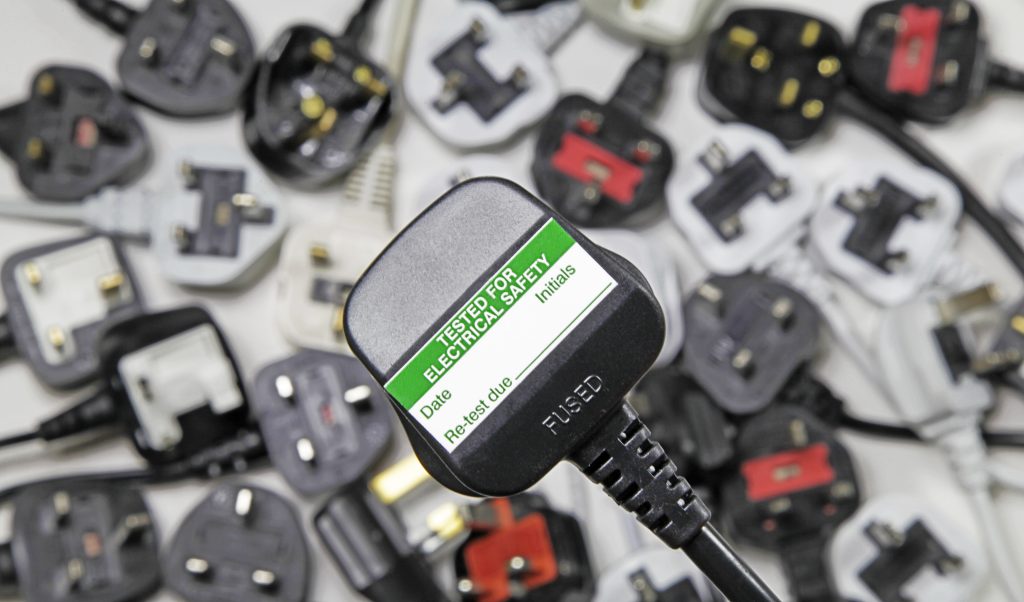
If you need your electrics checked with a PAT test or EICR, or simply need advice contact us today
Portable Appliance Testing, commonly known as PAT testing, is the examination of electrical appliances and equipment to ensure they are safe to use. Its main objective is to prevent electrical accidents in the workplace and in domestic settings.
During PAT testing, visual inspections are carried out to assess the physical condition of the electrical appliance itself, and various tests are performed to check the integrity of the insulation, the grounding, and the functionality of the equipment.
While there’s no strict legal requirement for PAT Testing by name, UK law requires that electrical equipment must be maintained to prevent danger. PAT Testing has become a common way to fulfil this legal obligation. It’s a practical approach to assess the safety of electrical items and devices, and is widely recognised as an important part of a company’s health and safety policy.
The importance of PAT testing extends beyond legal compliance—it plays a critical role in ensuring the safety of individuals who interact with electrical appliances daily. By detecting potential hazards early, PAT testing helps to prevent electrical accidents that can lead to injury or even death.
For businesses, it not only protects employees and customers but also safeguards against loss and liability, as electrical fires can cause significant damage to property.
Moreover, PAT testing contributes to the maintenance of electrical appliances, potentially extending their lifespan and efficiency. It is a proactive measure that can identify issues before they escalate into costly repairs or replacements.
Additionally, having a regular PAT testing schedule shows a commitment to maintaining electrical equipment to safety standards, which can be reassuring for employees, customers, and insurance providers alike.
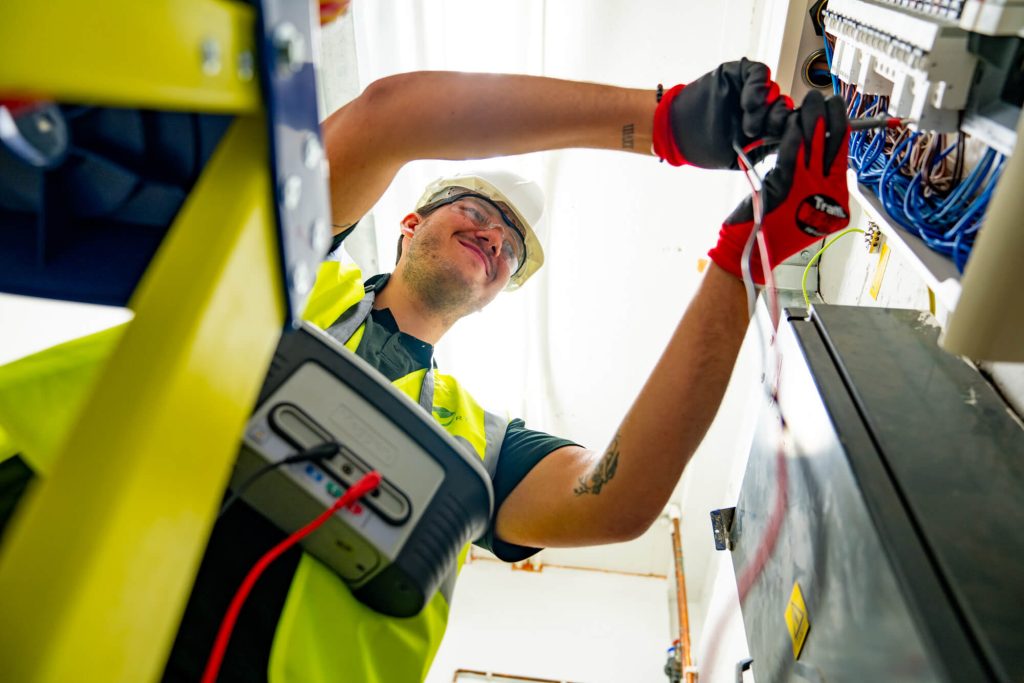
If you need your electrics checked with a PAT test or EICR, or simply need advice contact us today
The legal aspects of the PAT testing regulations are not written in one single statute, but are referenced across several pieces of legislation. The Electricity at Work Regulations 1989 is the key regulation. It requires electrical equipment to be maintained to prevent danger. Although it doesn’t explicitly say PAT testing, PAT testing has become the way to comply with these regulations.
Employers are also bound by the Health and Safety at Work etc. Act 1974, which demands the provision of a safe working environment. PAT testing becomes part of meeting this obligation by ensuring electrical safety. For landlords, The Housing Act 2004 (via the Housing Health and Safety Rating System) outlines electrical hazards which PAT testing can help mitigate.
Understanding what are the legal requirements for PAT testing means recognising these regulations and ensuring that electrical appliances are regularly inspected and tested by competent individuals to minimize risk.
If you need your electrics checked with a PAT test or EICR, or simply need advice contact us today
Adhering to safety standards and compliance is central to PAT testing. The UK follows specific codes of practice, such as the IET Code of Practice for In-service Inspection and Testing of Electrical Equipment, which provides guidance on how PAT testing should be carried out. This includes recommendations on the frequency of testing, the test methods to be used, and the qualifications required for testers.
Compliance with these standards helps organisations fulfil their legal obligations under the Electricity at Work Regulations. It ensures a consistent approach to electrical safety, reducing the risk of accidents and liability claims. Property professionals, including landlords and estate agents, must understand these standards to maintain properties effectively and legally.
By ensuring compliance with safety standards through PAT testing, businesses and property owners demonstrate due diligence low risk, and a commitment to maintaining a safe environment for all occupants and users of electrical appliances.
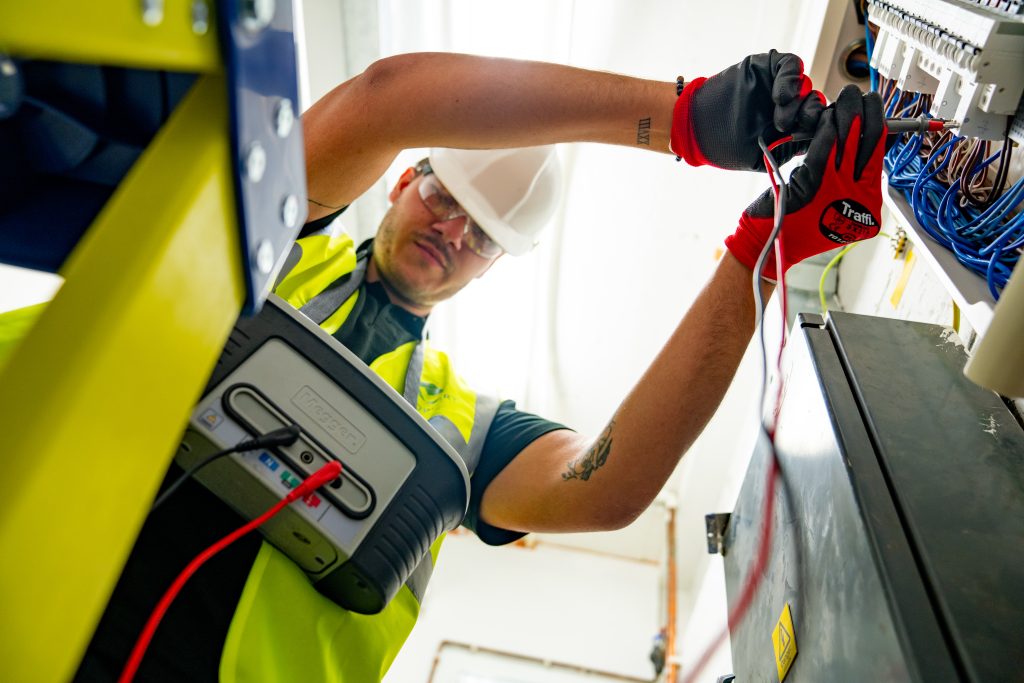
If you need your electrics checked with a PAT test or EICR, or simply need advice contact us today
Landlords and property owners have a legal duty to ensure that the electrical systems and appliances within their properties are safe. The Landlord and Tenant Act 1985 specifies that electrical equipment provided for tenants must be safe at the start of the tenancy and maintained in a safe condition throughout. While PAT testing is not explicitly stated, it is a widely recognised method for meeting these requirements.
The introduction of The Electrical Safety Standards in the Private Rented Sector (England) Regulations 2020 further emphasizes the obligation for landlords to keep electrical installations in safe condition throughout the tenancy. Regular PAT testing, as part of an overall electrical safety inspection, becomes a critical component of these requirements.
For landlords, staying informed about what are the legal requirements for PAT testing is essential to ensure they are not exposing themselves to legal action, penalties, or endangering their tenants.
Conducting a PAT test involves a step by step approach starting with a visual inspection. A visual inspection is carried out to identify any obvious damage or issues with the appliance, its plug, and its lead. This includes looking for broken casings, damaged plugs, and frayed wires.
Next, a series of electrical tests are performed using specialised PAT testing equipment. These tests may include earth continuity, lead polarity, and insulation resistance checks. Each test is designed to measure and assess different electrical safety defects and aspects of the appliance to ensure it is operating correctly and not posing a hazard.
The final step is accurately recording the results of the PAT test. This is crucial for maintaining a record of safety compliance and for planning future safety checks and inspections. Appliances that pass the PAT test are usually labelled with a ‘Passed’ sticker, indicating the date of testing and when the next test is due.
If you need your electrics checked with a PAT test or EICR, or simply need advice contact us today
Once an appliance has been tested, the results will categorise it as either ‘Passed’ or ‘Failed’. A ‘Pass’ indicates that the appliance has met the required safety standards and is safe to use. The tester will typically affix a green ‘Passed’ label on the appliance showing the date of the test and when the next test is due.
A ‘Fail’, on the other hand, means that the appliance has not met the safety standards and may pose a risk. It’s important to address any issues immediately.
Failed appliances should be removed from service until they are repaired or replaced.
Detailed records of the test results should be kept as part of an ongoing maintenance programme. These records serve as evidence of compliance with the legal requirements for PAT testing and can be vital in case of an incident.
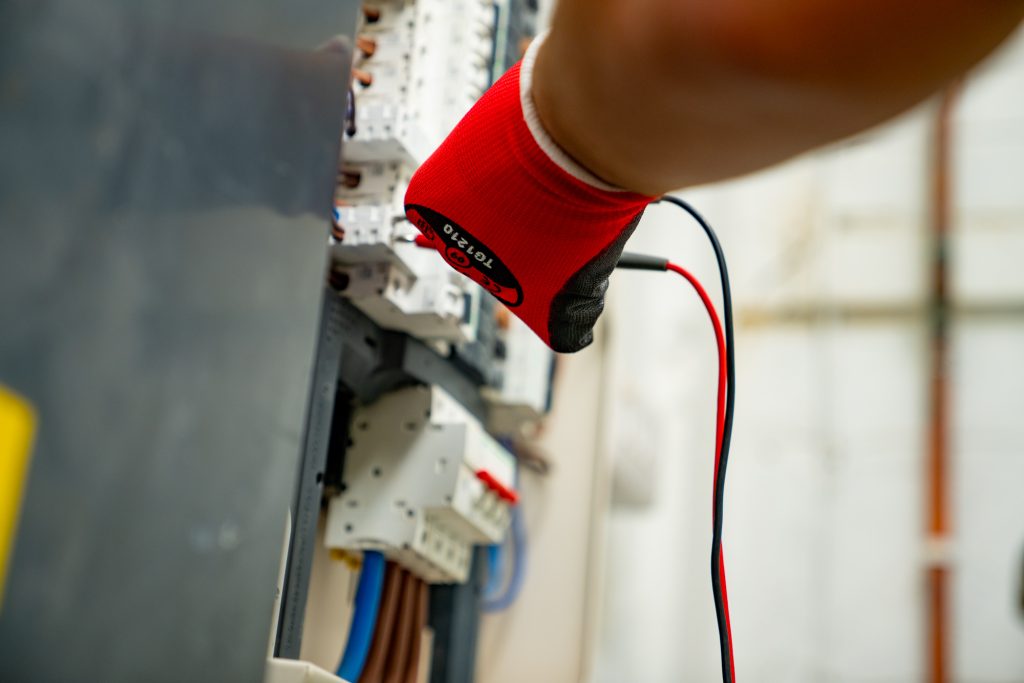
If you need your electrics checked with a PAT test or EICR, or simply need advice contact us today
Common PAT test failures often stem from simple wear and tear or neglect. The most frequent issues include damaged plugs, such as cracked cases or bent pins, which can lead to dangerous exposure of internal components. Faulty wiring or electrical defects within the plug, like loose connections or incorrect fusing, also frequently causes failures.
Appliances often fail due to damaged or frayed power cables, which can occur from heavy use or being pinched in doors or under furniture. Additionally, issues within the appliance itself, such as loose internal parts or overheating, are common reasons for a failed PAT test.
It’s important to remember that these failures can often be prevented with regular visual checks and proper care of appliances. Addressing minor issues before they lead to a PAT test failure not only ensures ongoing safety but also extends the lifespan of the equipment.
We offer full PAT testing services to help landlords, estate agents, and property professionals meet their legal obligations with confidence. Our team of engineers will conduct a thorough inspection and testing in line with the latest safety standards.
You can expect a seamless service that includes scheduling, testing, and transparent reporting. Each PAT test is completed meticulously and the results are provided in clear, accessible formats. For properties with multiple appliances our experience means we minimise disruption to tenants and operations.
Our nationwide coverage means that no matter where you are in the UK, you can access out professional PAT testing services.
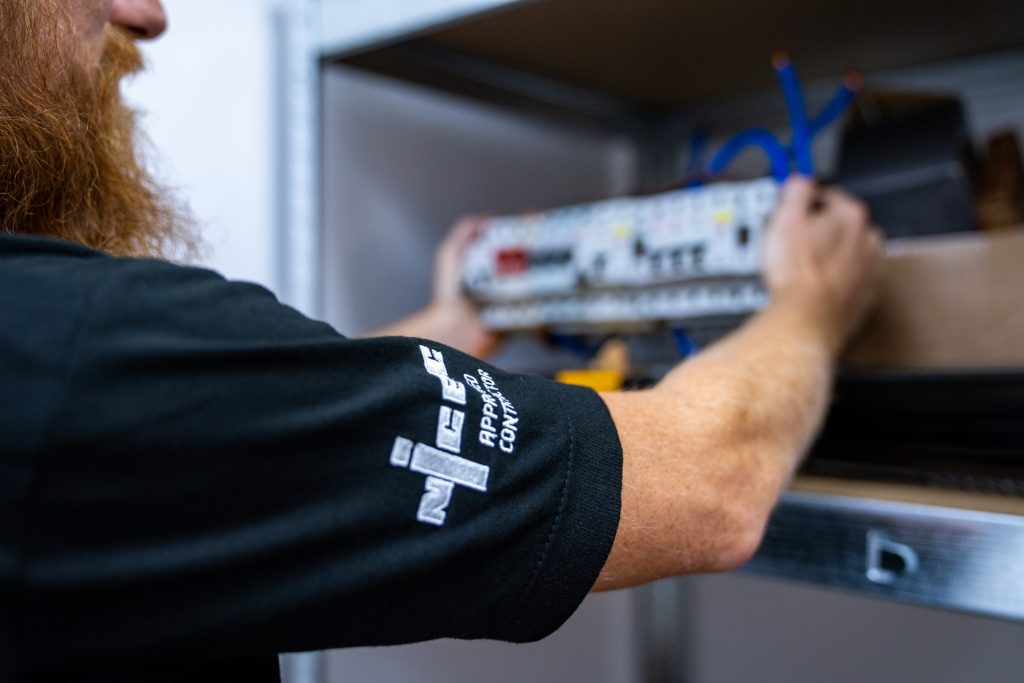
If you need your electrics checked with a PAT test or EICR, or simply need advice contact us today
One frequently asked question is, “What are the legal requirements for PAT testing?” The answer is that while there is no specific requirement for PAT testing itself, UK law demands that electrical appliances are safe and well-maintained to prevent danger. PAT testing is a widely accepted method to fulfil this requirement.
Another common query is about the frequency of PAT testing. This depends on the environment where the appliance is used and the risk level associated with its use. For example, tools used on a construction site may in high risk environments need more frequent testing than those in a hotel room.
People also often wonder who can perform PAT testing. The law requires that the person conducting the test is a competent person enough to do so. This means they have the necessary skills, knowledge, and experience to carry out the test safely.
Lastly, there’s a question about the necessity of testing new appliances. While new appliances should be safe, it is good practice to test them before they are used for the first time to ensure they have not been damaged in transit or manufacturing.
For more information and support on PAT testing, there are several reliable sources available. The Health and Safety Executive (HSE) provides guidelines and publications on pat testing specialist electrical safety that are invaluable for understanding the legal framework and best practices.
The Institution of Engineering and Technology (IET) publishes the Code of Practice for In-service Inspection and Testing of Electrical Equipment, which is a key resource for PAT testing standards. This document offers comprehensive guidance on procedures and frequency of tests.
Professional bodies such as the Electrical Safety First and the Electrical Contractors’ Association (ECA) are also excellent sources of information, offering advice, resources, and training opportunities for PAT testing.
Lastly, engaging with a certified professional from a reputable company like Eco Approach can provide tailored advice and support to navigate the complexities of PAT testing and ensure compliance with all relevant safety standards.
If you need your electrics checked with a PAT test or EICR, or simply need advice contact us today